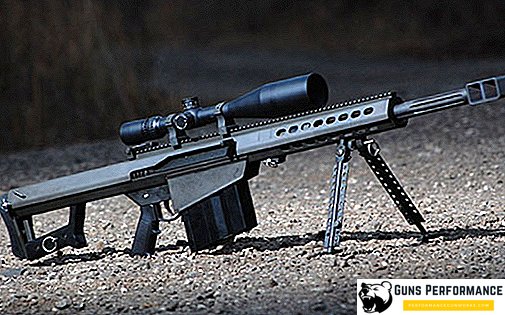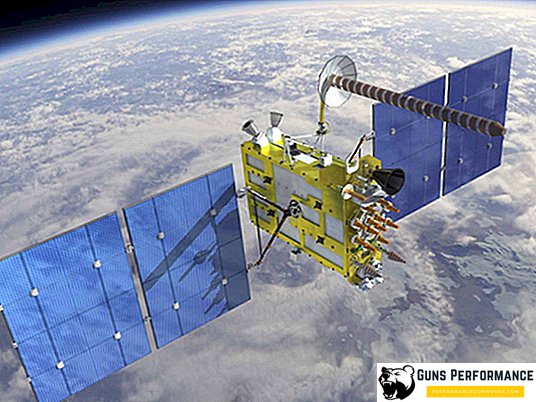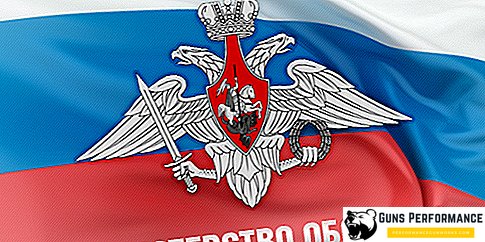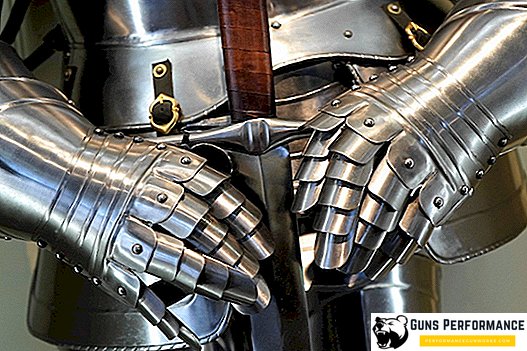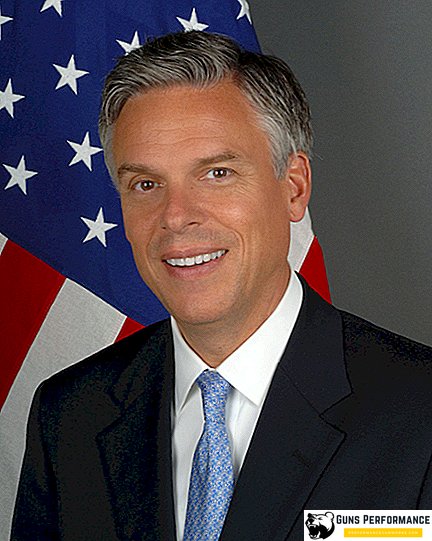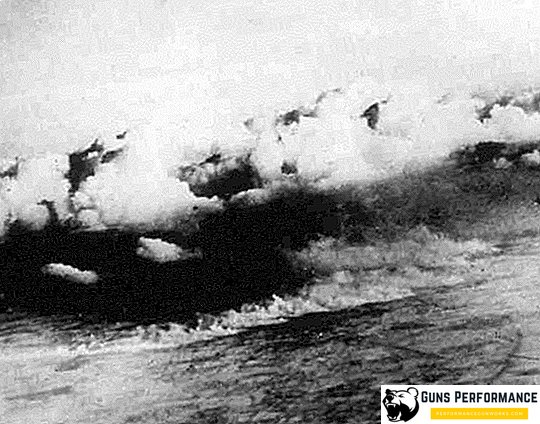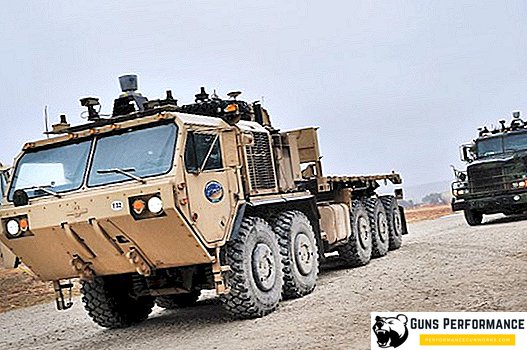Passenger cabin aircraft Airbus A380 has two decks and can have two versions. The first option is when the salon is divided into three classes (the first and the business class on the upper deck and the economy class on the lower, thus, the capacity is from 516 to 525 people). The second version of the layout of the passenger cabin of the A380 provides only an economy class, located on the upper and lower decks with a capacity of more than 644 people.
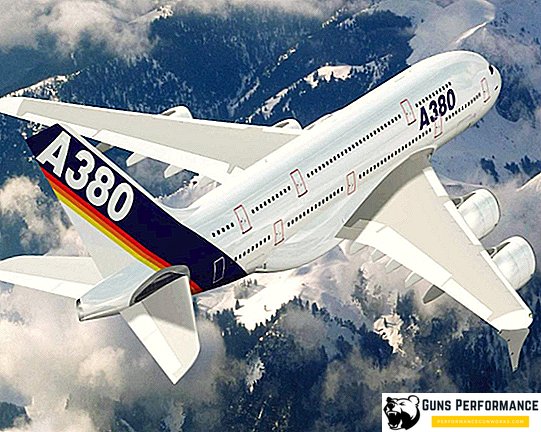
Interior layout and best seats
The three-class version of the passenger compartment provides for the location of the first class in front of the upper cabin. It makes no sense to argue that the places here are the most comfortable, and the staff services are no worse than in a five-star hotel. Each seat of the first cabin of the A380 has the appearance of a closed separate compartment with a convenient door. The passenger seat can be expanded and turned into a comfortable bed. Services such as the Internet, the possibility of charging mobile devices. In addition, each of these "mini-coupe" has a large user-friendly monitor and mini-bar. For first-class passengers, there are shower cabins (as, for example, on Emirates Airline aircraft), as well as an exquisite restaurant menu.
However, it should be noted that in the first class there are places that have their drawbacks. These are places in the first and fourth rows (according to the diagram), which are close to the toilets. Most likely, passengers will visit the toilet at any time of the day, so the noise of the doors can seriously interfere with the rest of the passengers. The close location of the outbuildings also means that staff will often pass by the first and fourth rows of the first class, creating additional inconvenience. And of course, in addition to everything, right in front of the first row of places is a staircase leading down to the main deck, which also will not contribute to proper rest, especially at night. Behind the first-class seats on the upper deck of the Airbus A380 aircraft is a business class.
The business class also has very comfortable seats for passengers (although not the same as in the first class). Each seat is equipped with a comfortable chair, which, if necessary, can be decomposed and turned into a comfortable bed. In addition, there is a good bar here, and the distance between the places makes it possible not to worry about the legroom at all. However, in the business class aircraft A380 there are places with less comfort. This, as in the first class, places near the bar and at the toilets - as a rule, in the first and last rows. In the diagram of the upper passenger cabin of the Airbus A380, these places are indicated by rows 6, 21, 22 and 26. As for the first class, the inconvenience of these places is due to the heavy flow of passengers to the bars and toilets at any time of day, as well as the movement of the staff. When booking tickets, you should take into account this factor and take the places listed above only in cases when there are no tickets to other places.

On the lower (or main) deck of the passenger cabin of an Airbus A380 aircraft is an economy class, usually designed for 399 seats and usually occupies rows with numbers from 43 to 88 (according to the diagram) with two large aisles. The backs of the economy class seats cannot be turned 180 degrees, but they are very soft and comfortable. The distance between the rows is approximately 80 centimeters - according to generally accepted standards. For each economy class seat has its own screen, mounted in the front seat, and an audio / video system. As well as for places of other classes, economy class seats are equipped with USB charging systems and the Internet, which, by the way, on an Airbus A380 aircraft is paid.
The most successful and comfortable places here are the places with the letters D, E, F and G, located in rows 45, 54 and 82. The convenience of these places is due to the fact that there are no seats in front of them, which means there is plenty of room for the legs, besides , toilets, bar and office space are located far enough away from them. Of course, the lack of seats in front does not mean that these places are not equipped with electronic displays for entertainment.

Also, seats with letters A and K, located in rows 68 and 81, are very good for rest and review in economy class. Their advantage is due to the fact that these seats do not have other chairs in front of them, as well as the fact that they are located near the portholes that makes them “away” from the general movement of passengers, so they are considered the most profitable and comfortable in the whole economy class.
The seats in the rows numbered 43, 52, 67 and 80 are also quite good. These chairs also have more space in front of them, but at the same time they have a serious disadvantage in the close arrangement of office space and toilets with all the inconveniences associated with this.
The most unsuccessful for the economy class, and consequently, for the entire Airbus A380, are the seats located in the 88 (rearmost) row and the seats designated by the letters C and H. Their inconvenience, as in many cases, is that there are toilets right behind them. Does not add convenience to these places and the fact that the backs of the last places are blocked, which limits the comfort of passengers.

The history of the creation of the Airbus A380
The beginning of the 90s of the last century in the aviation industry was the time of the complete domination of the Boeing-747 in the field of wide-body aircraft. The Boeing company managed to maintain the advantage for almost 30 years, which made many companies, such as McDonnell Douglas or Lockheed, look for a solution that could provide a replacement for the Boeing-747 and win a monopoly in the wide-bodied airliner niche.
In the summer of 1994, Airbus began developing its own wide-body aircraft, code-named A3XX. Initially, options were considered for a possible combination of the two fuselages of the Airbus A340 aircraft. This solution would significantly increase the passenger capacity of the aircraft, since the A340 was at that time the largest aircraft of the company. However, such a decision would lead to a serious decrease in the flight characteristics of the aircraft, an increase in its mass and the required run-up length.
The development of the A3XX was carried out in partnership with Boeing, which developed its own model, the Boeing-747X, also aimed at increasing passenger capacity and reducing operating costs. The partnership ended in 1996. And in the next 1997, the Boeing company closed its project due to the economic crisis that broke out in East Asia. Meanwhile, Airbus decided to use a double-deck design for the A3XX, which would provide the plane with a number of advantages.
In December 2000, it was decided to launch the project A3XX, which initially required costs of about 8.8 billion euros. The aircraft received a new name - A380. There are many hypotheses explaining why the Airbus company decided to “jump” from the number 340 immediately to 380. For example, one of them says that the number 8 is happy in a number of Asian countries that were potential customers of the future aircraft.
In the spring of 2001, the design of the Airbus A380 was finally approved, and in early 2002, the production of the first parts for the aircraft began. They were produced in 4 countries of the European Union, and the delivery of components to the assembly site in Toulouse was carried out by land and water transport, as well as by air.
In early 2005, the first Airbus A380 was built and demonstrated in Toulouse, and in April its first flight took place. During the tests of the aircraft, in early 2006, deficiencies in the design of its wing were identified. After that, the device of the A380 wing was urgently changed.
The ground and flight tests of the aircraft were completed in December 2007, and the Airbus A380 received certificates from EASA and FAA.
Device and characteristics Airbus A380
The Airbus A380 is a wide-body jet airliner. The passenger cabin of the aircraft consists of two decks. Due to its size and large capacity, the aircraft is the largest passenger liner in the world. The power plant of the aircraft consists of 4 engines. Depending on the modification, this is Trent 900 from Rolls-Royce (for Airbus A-300-800), or GP7000 from Engine Alliance (for other modifications of the Airbus).

Characteristics of the aircraft Airbus A380:
- Length, m - 72.7
- Wingspan, m - 79.8
- Height, m - 24.1
- Wing area, m2 - 845
- Weight:
- Max. take-off, kg - 560 000
- Max. landing, kg - 386 000
- Empty weight, kg - 276 800
- Max. weight without fuel, kg - 361 000
- Max. payload, kg - 83 000
- Capacity of fuel tanks, l - 310 000
- Flight range with max. loading, km - 15 000
- Ceiling (max. Flight height), m - 13 100
- Takeoff run, m - 2,050
- Run length, m - 2 900
- Engines:
- R-R Trent 970 - 4 x 31780 kgf
- Alliance GP7270 - 4 x 31780 kgf
- Passenger salon:
- Number of seats (single class version) - 700
- Number of seats (three-class version) - 555
- Cabin width, m - 5.9-6.6
Modifications Airbus A380
There are the following modifications of the Airbus A380:
- Airbus A380-800 - is the base model of the liner. A380-841 and A380-842 have a Trent 900 engine. Modifications A380-861 and A380-862 have a GP72XX engine.
- Airbus A380-800F - cargo modification aircraft A380.
- Airbus A380-900 - an extended modification of the liner, which is under development. It will have increased passenger capacity (more than 900 people) and more powerful engines. Potential buyers will be airlines such as Emirates Airline, Lufthansa and others.
- Airbus A380-1000 - a modification that will have a size larger than the A380-900 and can accommodate more than 1000 passengers. The project was proposed in 2010.
Airbus A380 Operation
Operation of the aircraft Airbus A380 began in 2007. By the end of 2014, the number of airbuses was already 139 cars, and the number of companies operating the aircraft was 10. Most of all, the A380 is operated by Emirates Airline (67 cars). Other airlines use from 5 to 19 cars of this type, which, of course, can not be compared with Emirates Airline.
The aircraft can be found mainly on intercontinental flights. More airbuses are operated by Asian airlines (Emirates Airline, Singapore Airlines, Korean Air and others). Due to operating costs, which are 10-15% less than the same for the Boeing-747, the Airbus A380 is today a very popular aircraft. Due to the good price and due to the optimal performance of the A380, Emirates Airline plans to purchase several dozen more cars. At the same time, Emirates Airline is also paying attention to cargo modifications of the Airbus. In addition, the air carrier orders more comfortable liners (for example, with first-class showers).

Conclusion
The Airbus A380 is the largest passenger aircraft in the world, accommodating from 519 to 800 people. Reliability, reduced operating costs and comfort compared to other widebody airliners provide this aircraft with good market demand, especially in Asia. The main exploiter of the aircraft is currently the airline Emirates Airline, which is appreciated by Airbus. In addition, Emirates Airline, albeit indirectly, helps further modification of the liner, showing interest in its new capabilities.
However, the Airbus Group in December 2014 announced a possible halt in the production of the Airbus A380 aircraft. This is explained by the fact that the demand for this aircraft, according to the management of the company, is not large enough.
Nevertheless, it is necessary to recognize that due to its characteristics and reliability, the Airbus A380 is a really good airplane.




